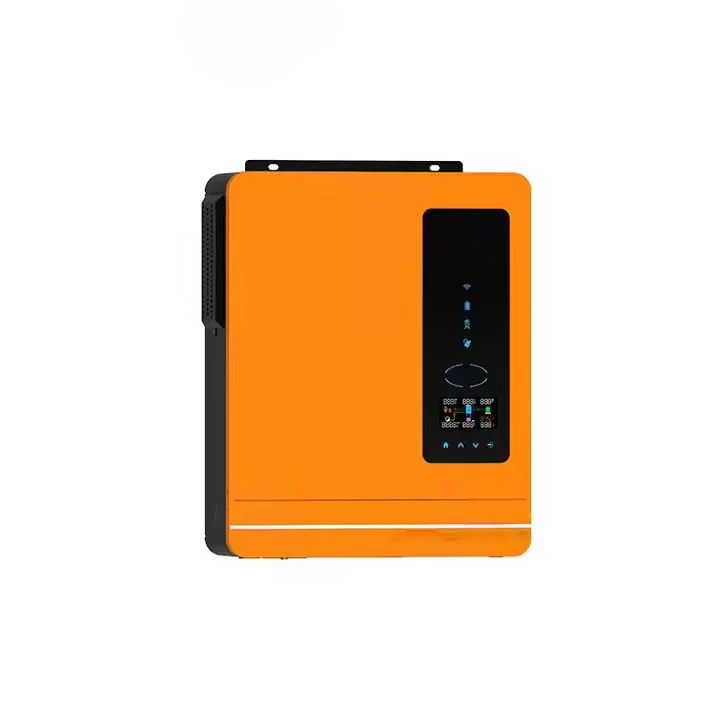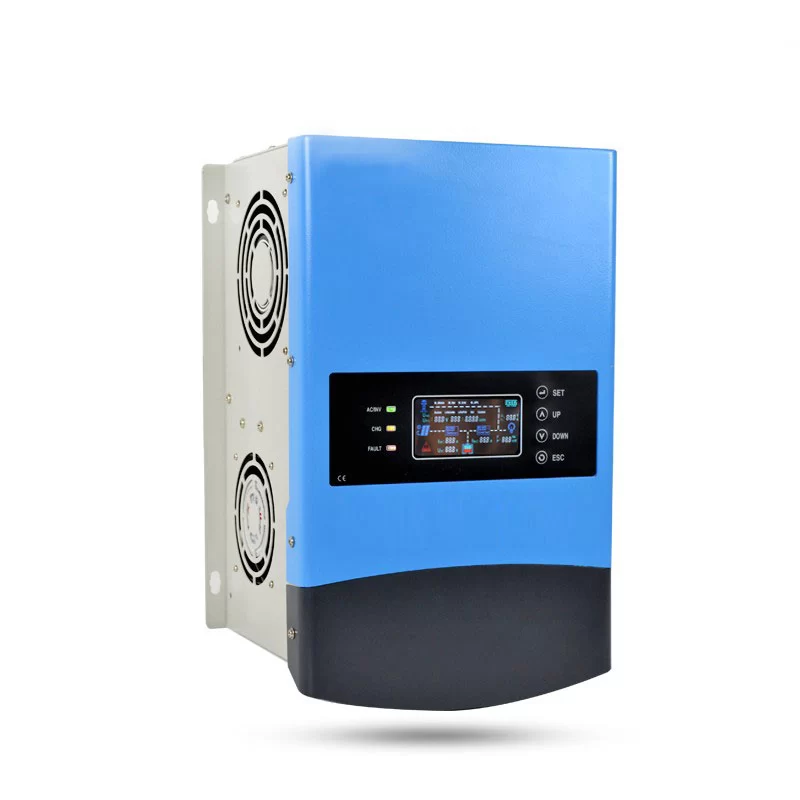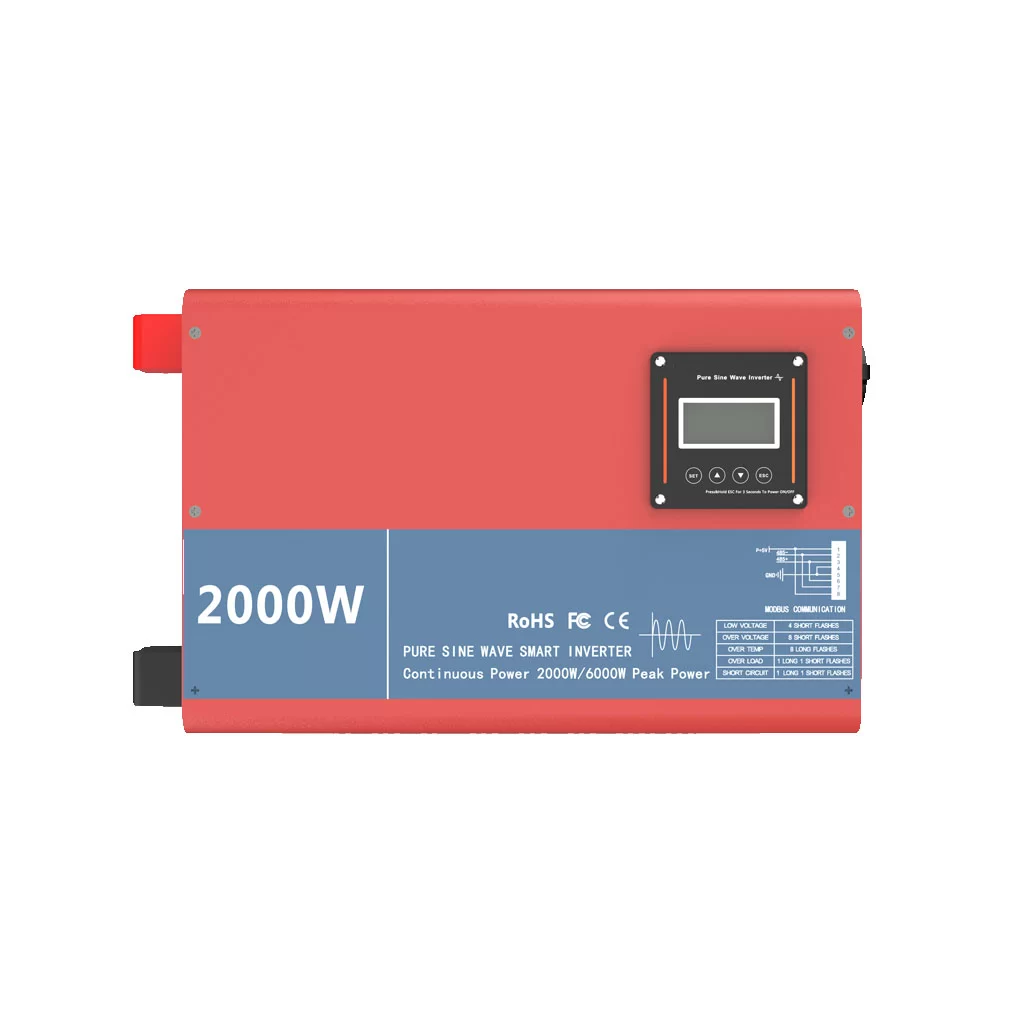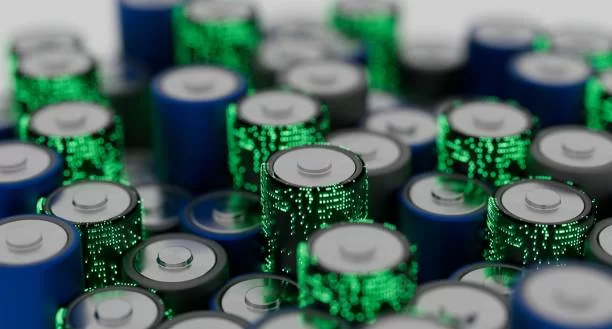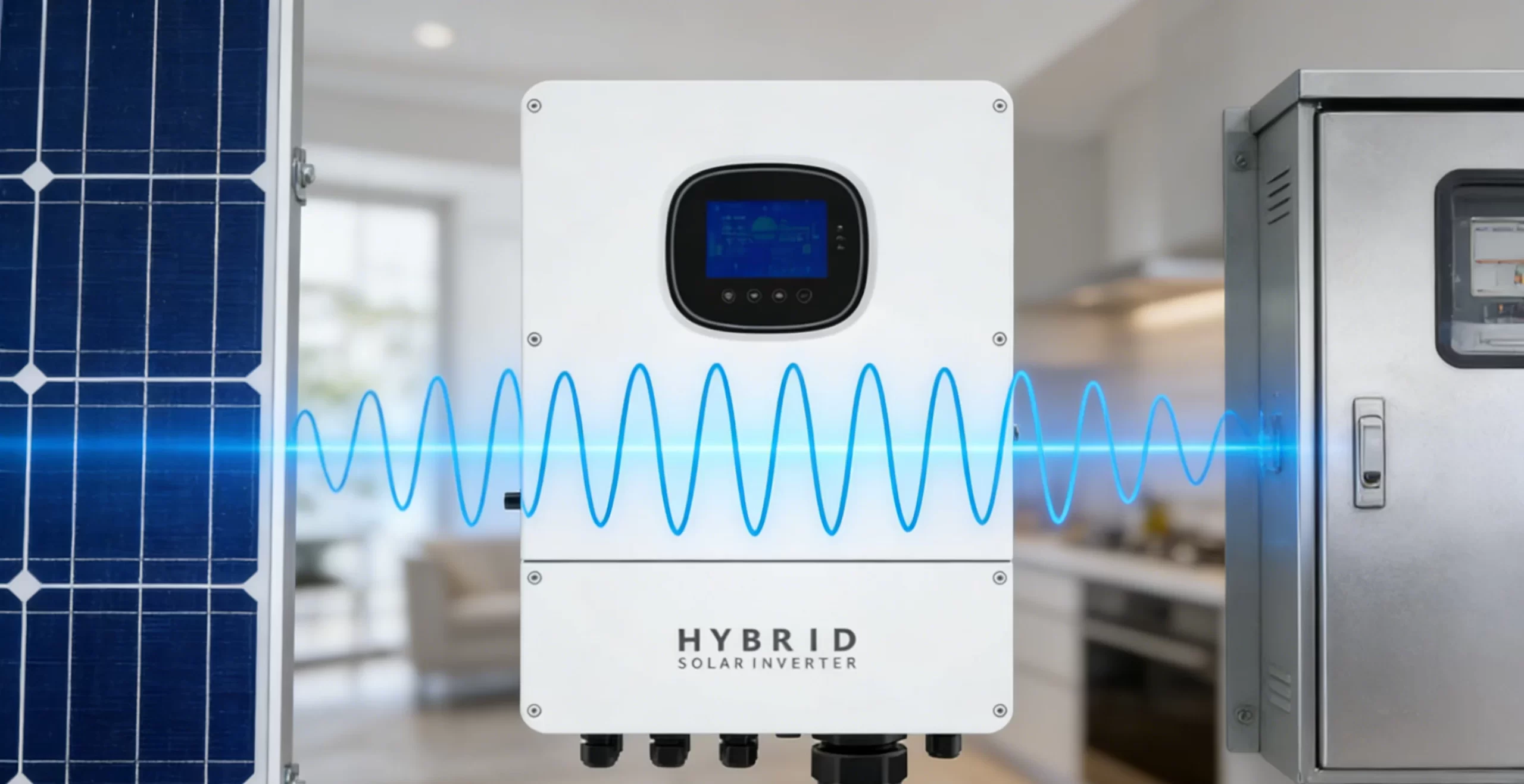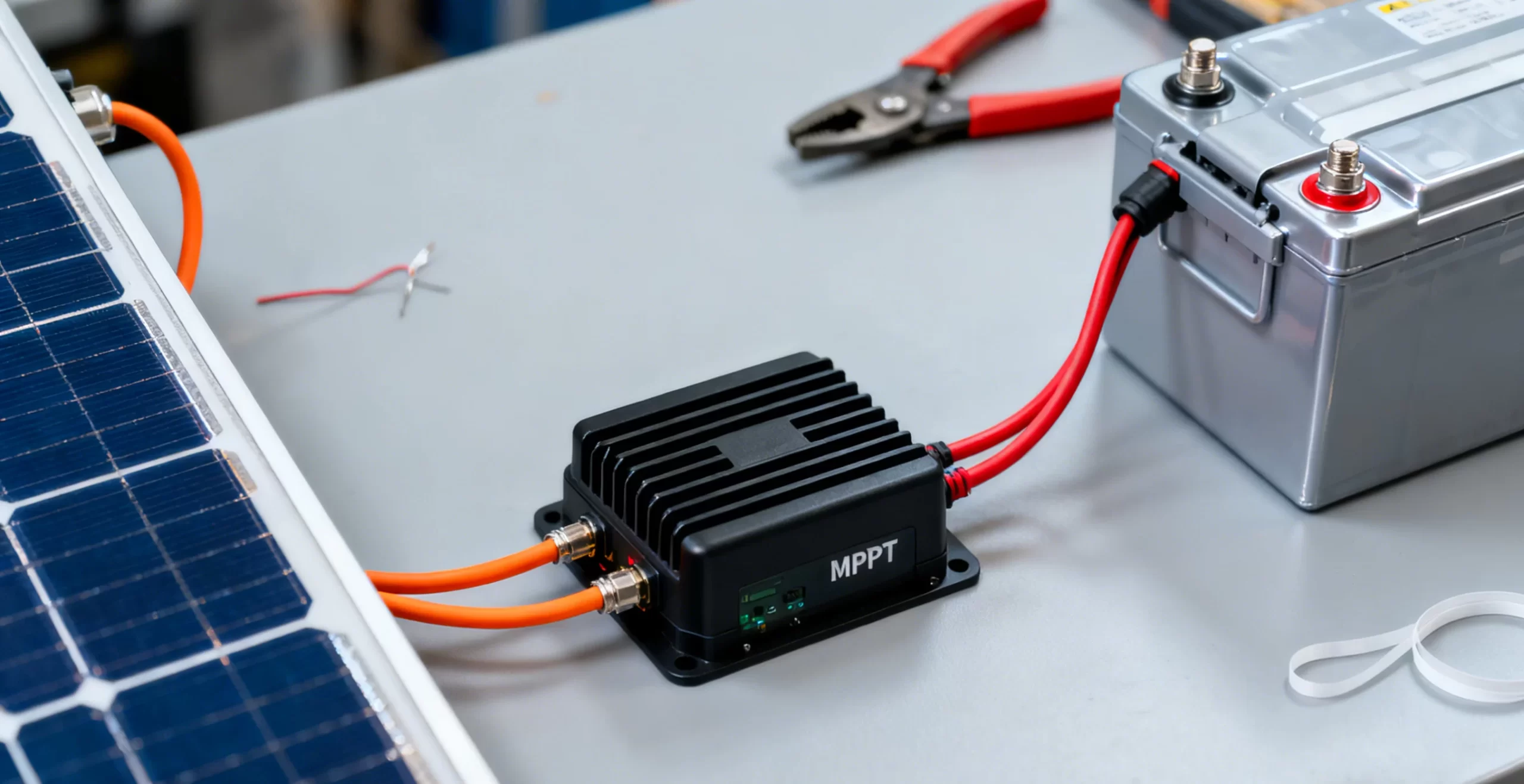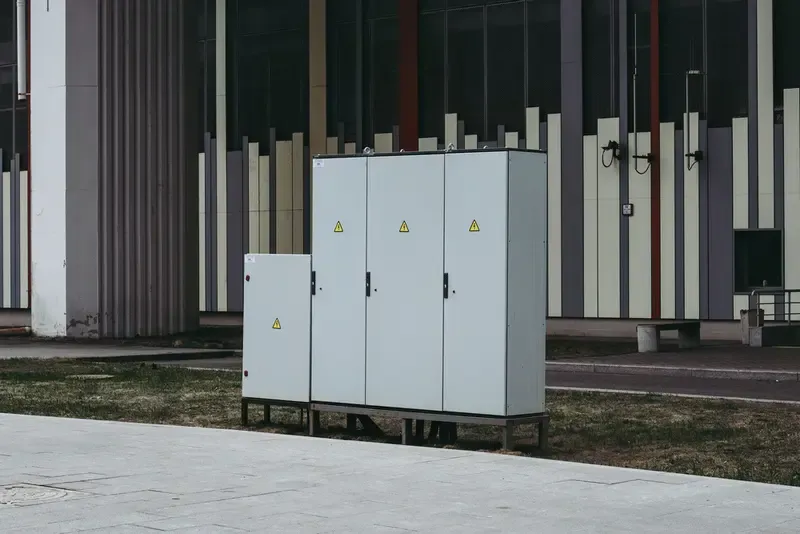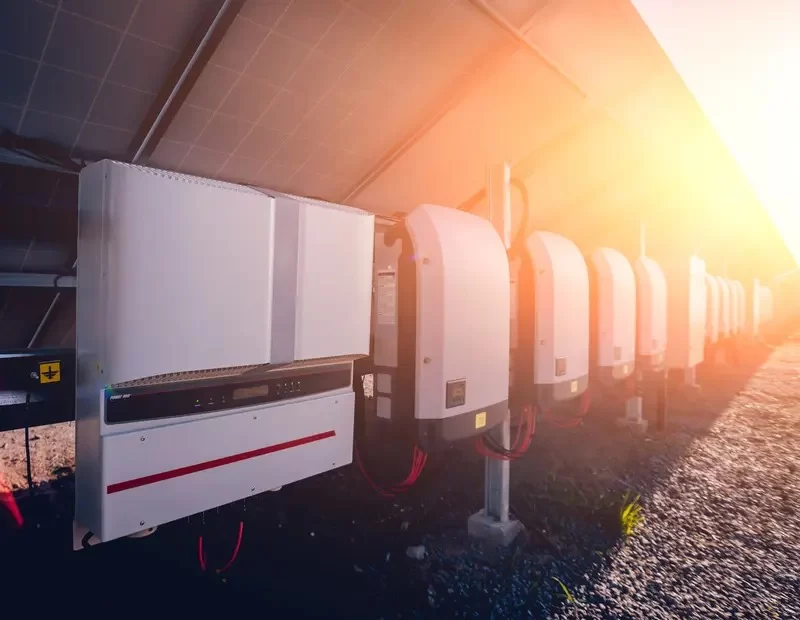- tel:+86-13651638099
- Email: [email protected]
- Official website: www.hj-net.com
- Address: 333 Fengcun Road, Fengxian District, Shanghai
Get A Quote Now!
The Latest Advances in Solar Battery Technology
Silicon Heterojunction (HJT) Solar Cells
The forefront of solar battery technology sees a significant focus on Silicon Heterojunction (HJT) solar cells. Developed by Longi Green Energy, these cells have achieved a conversion efficiency of 26.81%, setting a record for silicon-based solar cells. This innovation combines the advantages of crystalline silicon and thin-film technologies, leading to high efficiency and stability. Another noteworthy development comes from Jinergy, whose bifacial microcrystalline HJT cells boast an average efficiency of 26% in mass production batches. The advancement in HJT technology promises more efficient and reliable solar power solutions, pushing the boundaries of what silicon solar cells can achieve.
Back Contact Crystalline Silicon Heterojunction (HBC) Solar Cells
Another groundbreaking technology is the Back Contact Crystalline Silicon Heterojunction (HBC) solar cell. Longi Green Energy has set a new benchmark with its HBC cells, achieving a remarkable 27.09% conversion efficiency. This efficiency record is the highest for single-junction crystalline silicon solar cells. The HBC technology utilizes full laser patterning in a mass production process, which significantly improves the overall efficiency and reliability of the solar cells. This innovation not only enhances performance but also simplifies the manufacturing process, making it more cost-effective.
Perovskite Solar Cells
Perovskite solar cells have gained considerable attention due to their rapidly improving efficiency and simple manufacturing process. Recent research indicates that perovskite single-junction cells have achieved a maximum laboratory conversion efficiency of 26.1%. Furthermore, through tandem technology, there is potential to surpass 30% efficiency. Significant progress has also been made in the operational stability of these cells. Large-area, long-lasting perovskite solar cells are now a reality, offering a promising alternative to traditional silicon-based cells. The simplicity in their production and their potential for high efficiency makes perovskite cells a strong contender in the solar energy market.
Technological Innovations and Efficiency Improvements
In addition to the specific technologies mentioned above, the solar industry is witnessing several other innovations aimed at improving efficiency. Technologies such as TOPCon (Tunnel Oxide Passivated Contact) and various BC (Back Contact) cells are emerging as potential mainstream solutions due to their high efficiency and compatibility with existing manufacturing processes. Longi’s BC technology recently set a world record for silicon solar cell efficiency at 27.09%. Similarly, advancements in bifacial microcrystalline HJT cells by Jinergy have raised average efficiencies to 26%. Additionally, laboratory results for large-area perovskite cells have reached conversion efficiencies of 26.1%, indicating a bright future for these new technologies.
Future Development Trends
The future of solar battery technology looks promising, with several exciting trends on the horizon. Grid-free solar cell technologies are evolving, with innovations like nanotechnology pushing efficiency boundaries. For instance, new solar cells developed using nanotechnology methods have demonstrated efficiencies exceeding 65%. Furthermore, third-generation photovoltaic technologies are in early development stages, potentially achieving efficiencies between 75-85%. These advancements could revolutionize the solar energy sector, offering significantly higher efficiency and lower costs. However, these technologies are still in the research and development phase and will require more time before they become commercially viable.
Challenges and Solutions
Despite the progress, there are still challenges to be addressed. Long-term operational stability remains a significant issue for perovskite solar cells. Recent developments in new materials, achieving conversion efficiencies of 12.84%, show promise in enhancing stability and repeatability. Researchers are actively working on overcoming these challenges to ensure that the new technologies are not only efficient but also reliable and durable over time. These efforts include improving material properties and developing new manufacturing techniques that enhance the longevity and performance of solar cells.
Conclusion
In summary, the latest solar battery technologies, including HJT, HBC, and perovskite cells, are making significant strides in efficiency and reliability. These advancements are driving the photovoltaic industry towards higher performance and lower costs. As the technology continues to evolve, the future of solar energy looks increasingly bright and sustainable.
Explore our innovative solar battery products and stay ahead in the solar technology revolution. Learn more



